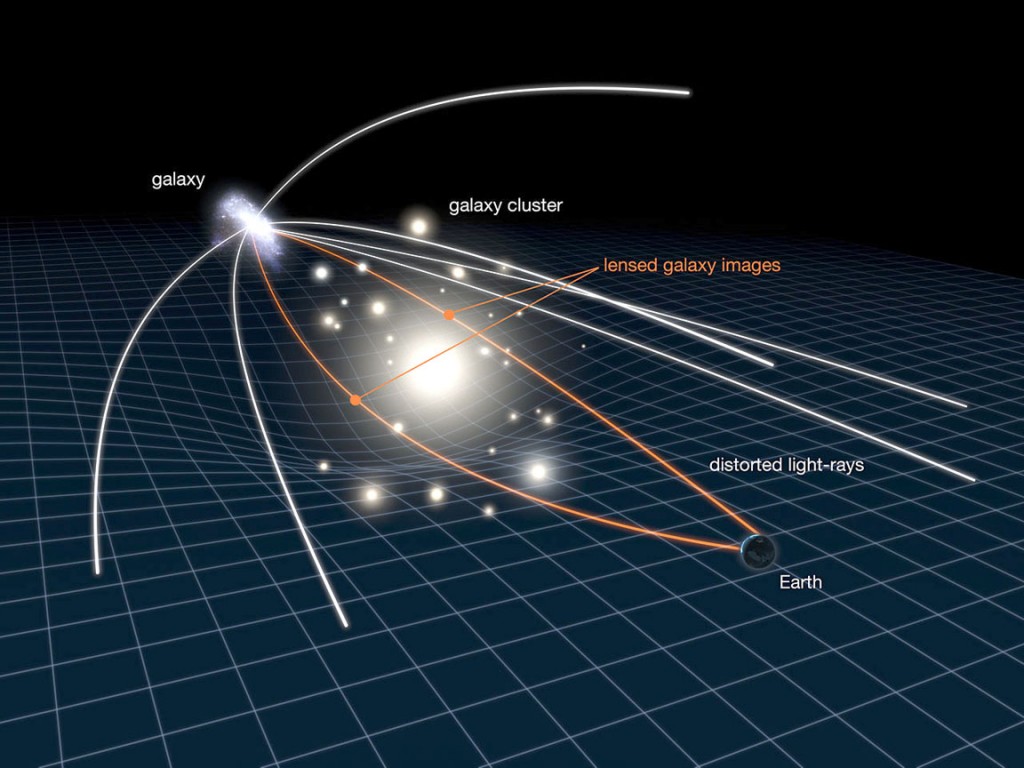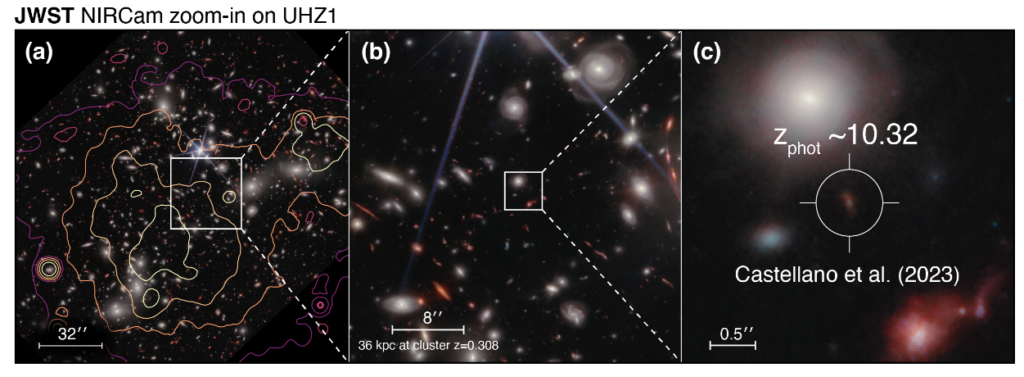Massive galaxies and a fraction of lower mass galaxies in the Local Universe host a super massive black hole in their centre. Their mass ranges between millions and tens billions solar masses. When matter from the galaxies falls into the a super massive black hole, an enormous amount of energy is released across the whole electromagnetic spectrum (emission in optical, ultra-violet and infrared light as well as in X-rays and radio wavelengths). These phenomena are well-known as Active Galactic Nuclei (AGN). In many cases, the power of a single AGN with a size that is similar to our Solar System is higher than the power emitted by the stellar population of its host galaxy. Quasars constitute a subclass of AGN that are extremely luminous. They are sometimes known as quasi-stellar objects, abbreviated QSO.
Since their discovery, astronomers have been keen to determine when they first appeared in our cosmic history. The last years, many quasars have been found when the Universe was less than 700 millions years old. The existence of these massive black holes at such early times challenges current theories of how supermassive black holes formed and grew in the young Universe, while the origin of the first black holes remains a mystery.

One possible explanation is that very light (10-100 times the mass of the Sun) black holes were formed after the explosion of the first stars and then accumulated material from the surroundings and grew up to these heavy black holes observed at the later epochs. Another explanation is the direct collapse of gas clouds that had mass 10 to 100 thousand times the mass of the Sun. Detection of growing black holes at very early times in the Universe (~500 millions years after the Big Bang) offers the cleanest method to understand which of the above scenario holds.
Astronomers led by Dr. Akos Bogdan (Center for Astrophysics ❘ Harvard & Smithsonian) using images from the Chandra X-ray Observatory and the James Webb Space telescope (JWST) discovered an X-ray luminous massive black hole (QSO) when the Universe was only 500 millions years old!

Image: NASA/ESA
The team used the gravitational lensing technique to identify this distant object. As the light emitted by distant objects passes by other massive objects in the universe, the gravitational pull from these objects can distort or bend the light (Image above). This is called gravitational lensing. Strong gravitational lensing can actually result in strongly bent light that multiple images of the light-emitting galaxy are formed. In this case, a cluster of galaxies called Abell 2744 was used as lens.

Analyzing the images, they were able to measure the mass of the black hole that is 40 millions times the mass of the Sun that is comparable to the total mass of its host galaxy. The combination of such a high black hole mass and the fact that is comparable to the mass of the galaxy just ∼500 Myrs after the Big Bang was theoretically predicted and is consistent with a picture wherein such black holes originated from heavy seeds suggesting the second scenario.
The results of this study can be found here: https://arxiv.org/pdf/2305.15458.pdf
